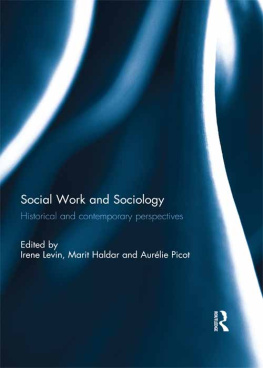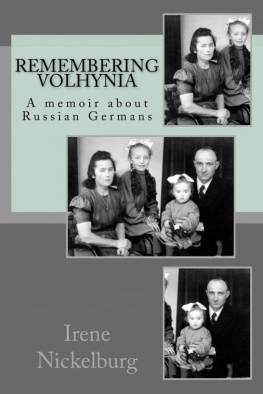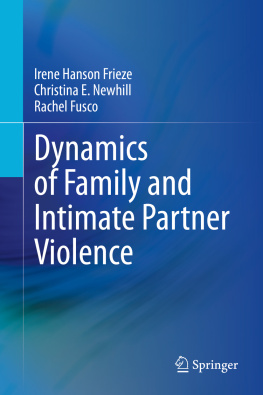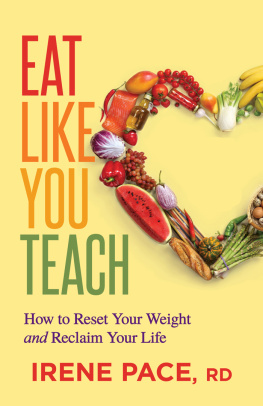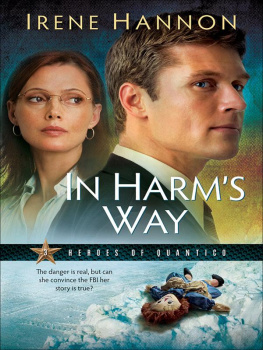Irene Kacandes - On Being Adjacent to Historical Violence
Here you can read online Irene Kacandes - On Being Adjacent to Historical Violence full text of the book (entire story) in english for free. Download pdf and epub, get meaning, cover and reviews about this ebook. year: 2021, publisher: De Gruyter, genre: Politics. Description of the work, (preface) as well as reviews are available. Best literature library LitArk.com created for fans of good reading and offers a wide selection of genres:
Romance novel
Science fiction
Adventure
Detective
Science
History
Home and family
Prose
Art
Politics
Computer
Non-fiction
Religion
Business
Children
Humor
Choose a favorite category and find really read worthwhile books. Enjoy immersion in the world of imagination, feel the emotions of the characters or learn something new for yourself, make an fascinating discovery.

- Book:On Being Adjacent to Historical Violence
- Author:
- Publisher:De Gruyter
- Genre:
- Year:2021
- Rating:5 / 5
- Favourites:Add to favourites
- Your mark:
- 100
- 1
- 2
- 3
- 4
- 5
On Being Adjacent to Historical Violence: summary, description and annotation
We offer to read an annotation, description, summary or preface (depends on what the author of the book "On Being Adjacent to Historical Violence" wrote himself). If you haven't found the necessary information about the book — write in the comments, we will try to find it.
On Being Adjacent to Historical Violence — read online for free the complete book (whole text) full work
Below is the text of the book, divided by pages. System saving the place of the last page read, allows you to conveniently read the book "On Being Adjacent to Historical Violence" online for free, without having to search again every time where you left off. Put a bookmark, and you can go to the page where you finished reading at any time.
Font size:
Interval:
Bookmark:


- Irene Kacandes On Being Adjacent to Historical Violence: Introduction
- Overview
- The Moment
- The Group
- The Concepts
- On being adjacent to historical violence
- On Being
- Adjacent
- Historical Violence
- Co-Witnessing
- The Essays
- The Cover
- The Acknowledgements
- Part One: Connections
- Marianne Hirsch Debts
- Amy Shuman, Carol Bohmer, Eric Niyitunga Telling Our Own Stories and Speaking on Behalf of Others
- Priscilla Layne Suspicious: On Being Policed in an Anti-Black World
- Linguistic Policing/ Linguistic Violence
- Policing Space/ Policing Wealth and Resources
- Policing/Profiling Sexuality
- Policing Childhood
- Being Black in the Field of German Studies
- Ann Cvetkovich Hidden Places: The Indigenous Presence in My Affective Turn
- An Archive of Feelings
- Depression and Return to the River
- Another Return to the River
- Dagmar Herzog On Being Adjacent to the Nazi Disability Murder Project
- Work-Capacity
- Permission to Annihilate
- Compromise Formation
- Coda
- Susannah Heschel Sacrament versus Racism: Converted Jews in Nazi Germany
- The Theological Conflict between Baptism and Race Prior to 1941
- German Reactions to the Yellow Star
- Church Responses to the Yellow Star
- Consequences for Clergy
- Interpretation One: Border as Baptism and Asylum
- Interpretation Two: The Uncanny Intruder
- Interpretation Three: Christianity as the Transplanted Judaism
- Conclusion
- Doris L. Bergen Buried Words, Exposed Connections
- Erin McGlothlin Affiliative Adjacency and Generational Grief: Ruth Klger, Ursula Mahlendorf, and the Passing of a Generation
- Chunjie Zhang Identity Freedom or On Choosing Who We Are
- Enlightenment Identity Freedom
- The Strategy of Disintegration
- Concluding Remarks
- Christina Matzen Prisoner Experiences in Times of Crisis
- Viktor Witkowski Borderlands
- Part Two: Families
- Susan Rubin Suleiman A Postcard to Zircz (Budapest, 1944)
- Sylvia Flescher Elsa Lost and Found
- Joachim
- The Letters
- Roots Trip
- Elsa
- Leo Spitzer Something Dreadful [Etwas Schreckliches ]
- Coda
- Eric Kligerman Cares of a Family Man: A Fathers Reflections on Odradek and the Holocaust
- Karen Remmler Residual Remembrance: Family Genealogies and the Return of the Dead
- Prelude
- The Archive
- Residual Memory
- Return of the Dead
- Afterword
- Leslie Morris The Unconcealed: Family Secrets as Family History
- My Kosher Books
- The Secret is the History (as the Medium is the Message?)
- Coda: Black and White
- Tao Leigh Goffe The Flesh of the Family Album: Black Pacific Visual Kinship
- The Hieroglyphics of Photographic Flesh
- Distant Cousins: Caribbean Chinese Visual Kinship
- Afro-Asian Intimacies and Ancestral Dialogues
- Impossible Photographic Detours
- Irene Kacandes And what about your mother?
- Mystery Number One
- Mystery Number Two
- Essays Coda
- Bettina Brandt Nelly and Trudie: Deciphering a Transatlantic Family Holocaust Correspondence
- Vienna, 1939, one year after the Anschluss
- Atina Grossmann I Thought She Was Old, But She Was Really My Age: Tracing Desperation and Resilience in My Grandmothers Letters from Berlin Fragments
- Thomas Khne A Father, a Perpetrator, a Son
- The Father
- The Perpetrator
- The Son
- Sufferings
- Mystery
- Complexity
- Part Three: Journeys
- Angelika Bammer Looking for History, Finding a Life
- Mark Roseman A Journey to Izbica and Sobibor
- Grazyna Gross Mrs. Kraus: A Short Story from a Central European Girlhood on the Run
- Adam Zachary Newton In Hopes of Failing Better: An Academic Afterlife; Or, Enormous Changes at the Last Minute: On Altered Lives, Refuges, and Refugees
- Part I
- Part II
- Brad Prager Is this really necessary?: On Atrocity Images in the Classroom
- Claudia Breger The Affects of Reading
- Darcy Buerkle Falling Down on the Job/On Revulsion (November 2016September 2020)
- Mita Choudhury Tears and Empathy: Possible Methodologies for Studying Sexual Violence
- A Historians Journey
- The Ethics and Methodology of Researching Historical Abuse
- Leo Riegert Blood, Boden and Belonging
- The Cut-Across
- Alicia E. Ellis Upended
- A Conversation (Spring 2021)
- Coda to the Conversation
- Notes on Contributors
- V
- VI
Font size:
Interval:
Bookmark:
Similar books «On Being Adjacent to Historical Violence»
Look at similar books to On Being Adjacent to Historical Violence. We have selected literature similar in name and meaning in the hope of providing readers with more options to find new, interesting, not yet read works.
Discussion, reviews of the book On Being Adjacent to Historical Violence and just readers' own opinions. Leave your comments, write what you think about the work, its meaning or the main characters. Specify what exactly you liked and what you didn't like, and why you think so.

